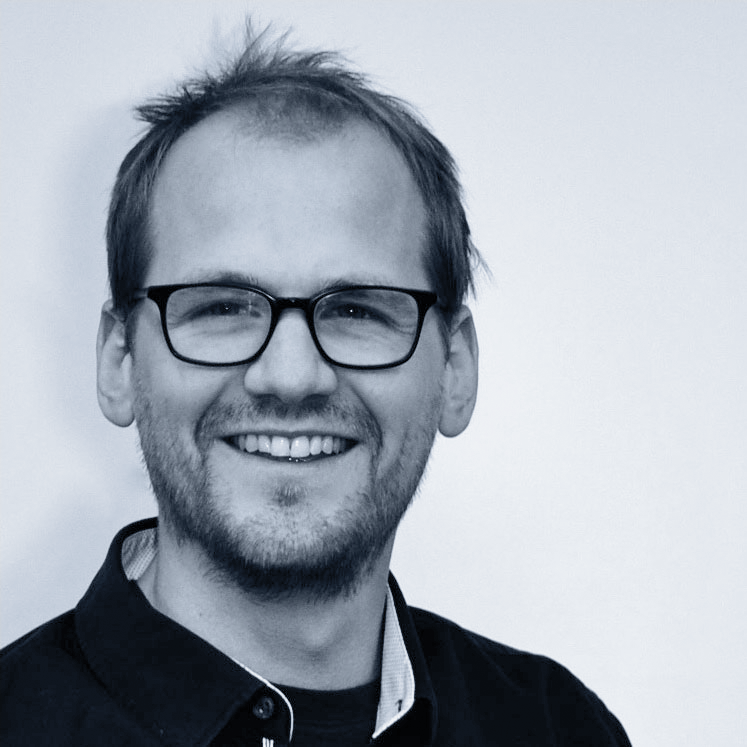
Dr. Michel Make
RWTH Aachen University,
Chair for Computational Analysis of Technical Systems
Contact
RWTH Aachen University
Chair for Computational Analysis of Technical Systems
Schinkelstr. 2
52062 Aachen
energy_conversion@nhr4ces.de
Biography
Michel holds a master’s degree in ship hydromechanics from the TU Delft in the Netherlands. He obtained his doctoral degree from the RWTH Aachen University in Germany, with re-search focusing on Spline-Based Methods for Aerothermoelastic Problems.
Since 2021, Michel has been working as a postdoctoral researcher as part of the SDL Fluids of the National High-Performance Center for Computational Engineering Sciences (NHR4CES) at the Chair for Computational Analysis of Technical Systems (CATS) at the RWTH Aachen University.
Thematic Advice
In many fields of engineering, fluid flow phenomena play an important role. With the availa-ble computing resources, computational fluid dynamics is playing a key analysis role in ad-dition to traditional model experiments. Continuous development in the field of computa-tional engineering gives engineers access to more advanced modeling tools. This doesn’t only allow for the analysis of problems with increased complexity; it also demands a higher level of expertise from engineers.
Michel offers expertise on applying CFD for the analysis of fluid flow problems on HPC sys-tems. His experience can help users in obtaining accurate simulation data while making sure computational resources are efficiently used.
Professional Competence
Michel is seeking to further develop space-time finite element formulations that utilize spline-based geometries. Such methods aim to utilize CAD-based geometries directly for numerical analysis. More specifically, Michel has been working on such methods in the con-text of fluid-structure interaction to directly apply numerical analysis on spline-based struc-tural geometries.
In addition to his work on spline-based methods, Michel is applying his expertise in finite element methods to develop time-continuous simplex space-time approaches for the analy-sis of coupled FSI problems. A unique characteristic of continuous space-time formulations is that it allows for partitioning of large problems both space and time simultaneously. A challenge on the other hand is the need for higher dimensional computational meshes.
Together with his coworkers at the Chair for Computational Analysis of Technical Systems in Aachen, Michel is working on addressing all these topics and the challenges involved.
Chair for Computational Analysis of Technical Systems at which Michel is
In the context of computational engineering, such interactions must be reflected by the nu-merical methods used.
By
for flow problems and fluid-structure interaction (FSI) phenomena that build on a space-time finite element approach.
Numerical modelling FSI phenomena brings several complexities to table. First the fluid and structure under consideration need to be addressed as a coupled system. In the numerical sense this means coupling of multiple solvers in both space and time. Maintaining